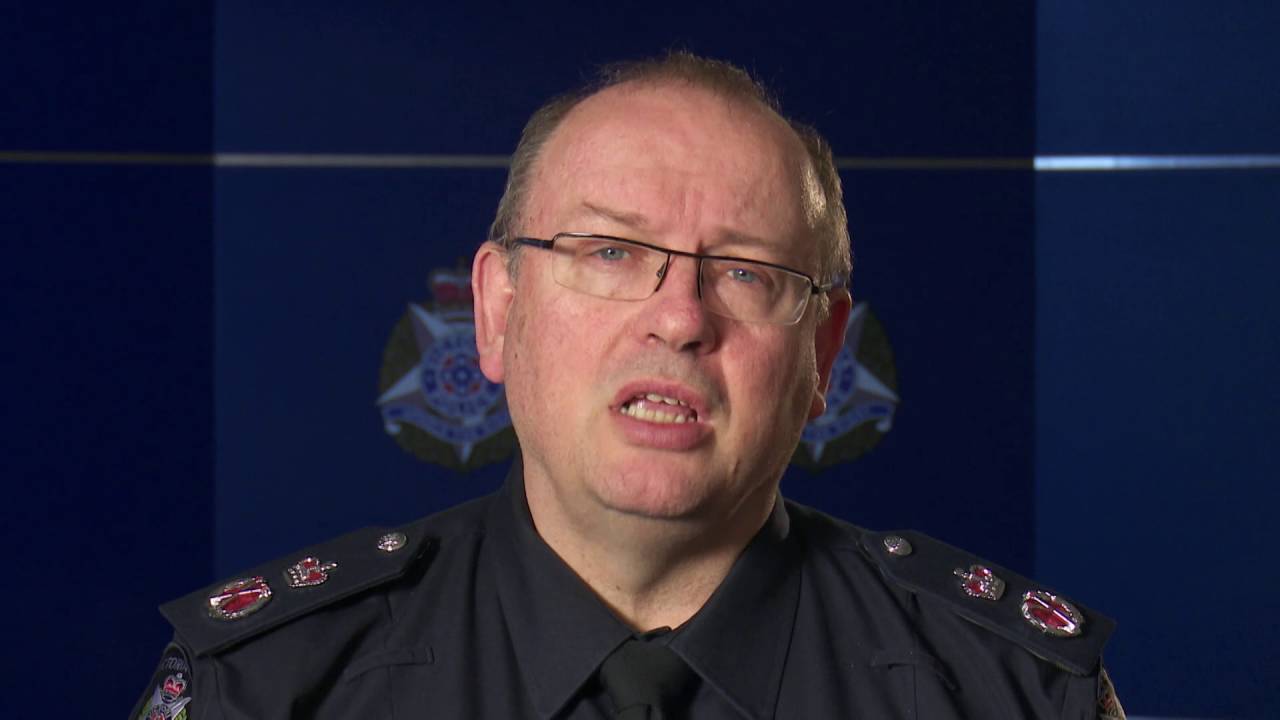While youth offending is not of comparable proportions to family violence and ‘ice’ abuse, yet it demands our complete attention, for the sake of victims, according to Police Chief Commissioner, Graham Ashton
Every so often our community is confronted with a worrying and complex problem which touches everyday lives, dominates headlines and divides opinion on possible solutions.
Family violence and the scourge of the drug ‘ice’ are two recent examples which captured the public’s attention.
While these issues initially present as matters of law enforcement, you need only to scratch the surface to find deeper origins and causes well before police have become involved.
Young people committing serious and violent crime has become a similar such issue.
I would not for one minute suggest the harm being inflicted by a small cohort of youth offenders is anywhere near as widespread as that being caused by ice and family violence. But for the victims of these terrible crimes, the effects are shattering and demand our complete attention.
That’s why at Victoria Police we have been working hard to deal with youth offending from both sides of the problem: with tough enforcement to keep the community safe, and also an inquiring mind to understand the social factors are at play, and a commitment to drive cross sector collaboration that might assist prevent these crimes in the first place.
For many in the community, this coming Labour Day long weekend marks one year since this problem came to the fore.
The violent behaviour we saw at the usually fun and family-friendly Moomba festival were completely unacceptable and police ensured that every person involved was held to account.
Unfortunately it was a very public and offensive display of a problem police had been grappling with for several months.
It must be said that the involvement of young people in crime is slightly more complex than many realise.
Our statistics show that the number of young people involved in crime has actually been decreasing. However police have been dealing with a group of repeat offenders who have committed a higher volume of more serious and violent crimes.
Our police have been shocked to find young teenagers with no prior criminal history committing serious offences and showing off in stolen cars with a group of other kids they may have never met before.
These young people are loosely networked through mutual friends and social media; they don’t follow the old fashion idea of having gang club houses or wearing colours.
Regardless, the seriousness of the offending has necessitated a swift and thorough police intervention. In May last year, Operation Cosmas was established as a state-wide response to the rise in aggravated burglaries and carjackings we were seeing committed by people largely under the age of 25.
The operation helped to tally over 460 arrests, driving a reduction in the offending across the second half of last year.
Beyond Cosmas, police have been working at all levels with exceptional energy to deal with a rising crime rate.
Our members on the frontline are arresting more offenders, cracking down on crime harder than ever before – making 30% more arrests last year than 5 years ago.
And we’re investing and growing our teams in critical areas. We know that in today’s digitally connected world, social media can be used to very quickly mobilise people to their causes.
What used to be peaceful protests are all too often in today’s world met by counter protests, tipped off by postings on social media.
We need to be prepared for that and we are.
We’ve put more people into our Public Order Response Teams. We’ve provided them with new training, new vehicles and new equipment so that they are ready to respond quickly in the event of breakdowns in the peace.
And we have brought online our Monitoring and Assessment Centre.
Modelled on New York’s state-of the-art “Real Time Crime Centre”, the ‘MAC’ utilises a combination of live CCTV and intelligence inputs to help us get ahead of the game and pounce on any trouble before it has the chance to kick off.
We saw this in full effect on White Night this year and it will play a major role this Moomba weekend as well.
But the police response to the behaviour of our young people is only part of the solution.
If you believe as I do that young people are the future of our community, then it is critically important that we find cross-community solutions to keep them engaged and prevent them from ever coming to the attention of police.
To that end, last year I convened a Youth Summit bringing together government and community youth stakeholders and some young people themselves to kick-start a process of leadership and collaboration.
From that Summit we saw some solid outcomes including a suite of government reforms, new laws and resources which will increase the supervision and accountability of at-risk young people.
But most importantly, we found a shared commitment to paving a way forward.
There is no doubt that we have been challenged over the past 12 months, but a lot of work has been put in as well.
We all want to ensure that Melbourne continues to be a city where families can enjoy themselves without the concern or fear of being a victim of crime.
(Graham Ashton is Chief Commissioner of Police, Victoria)

